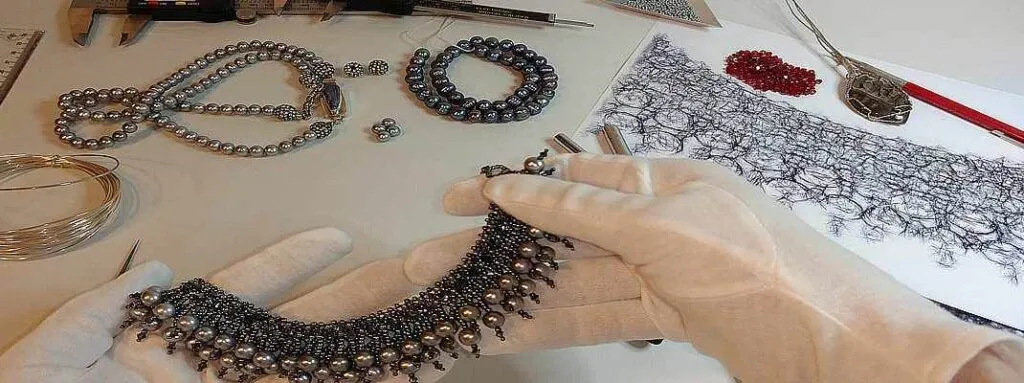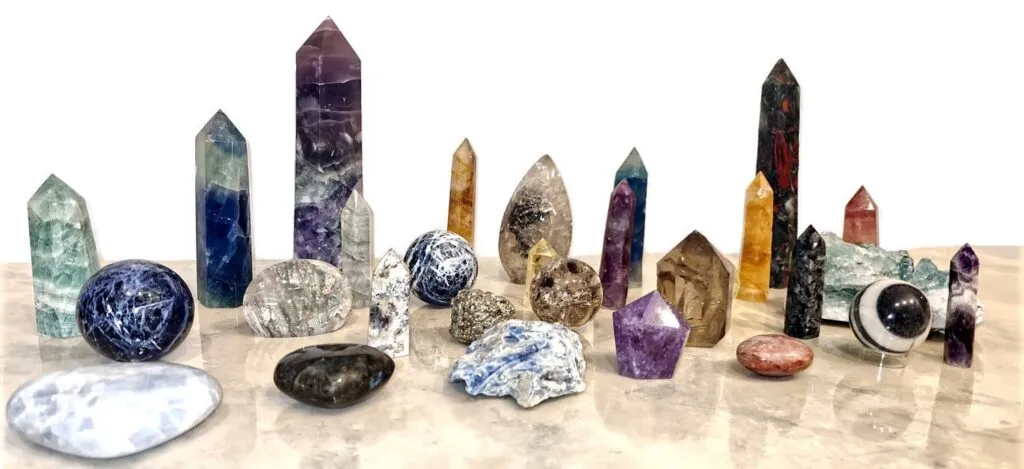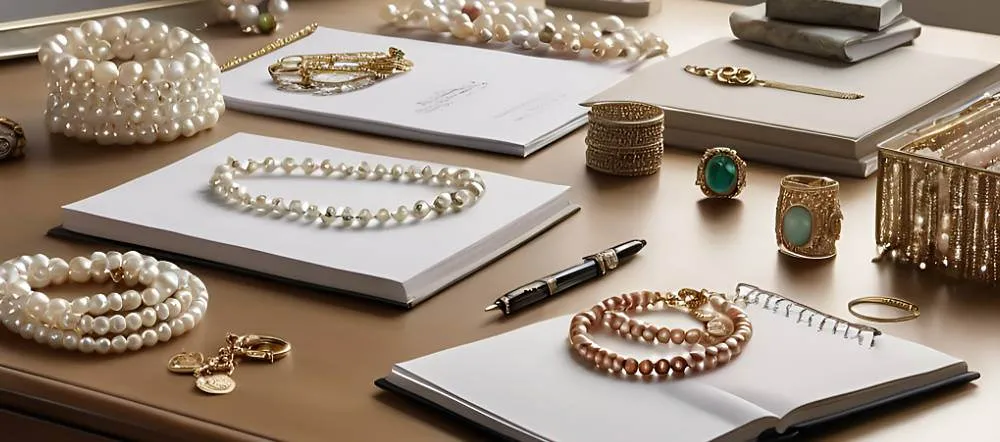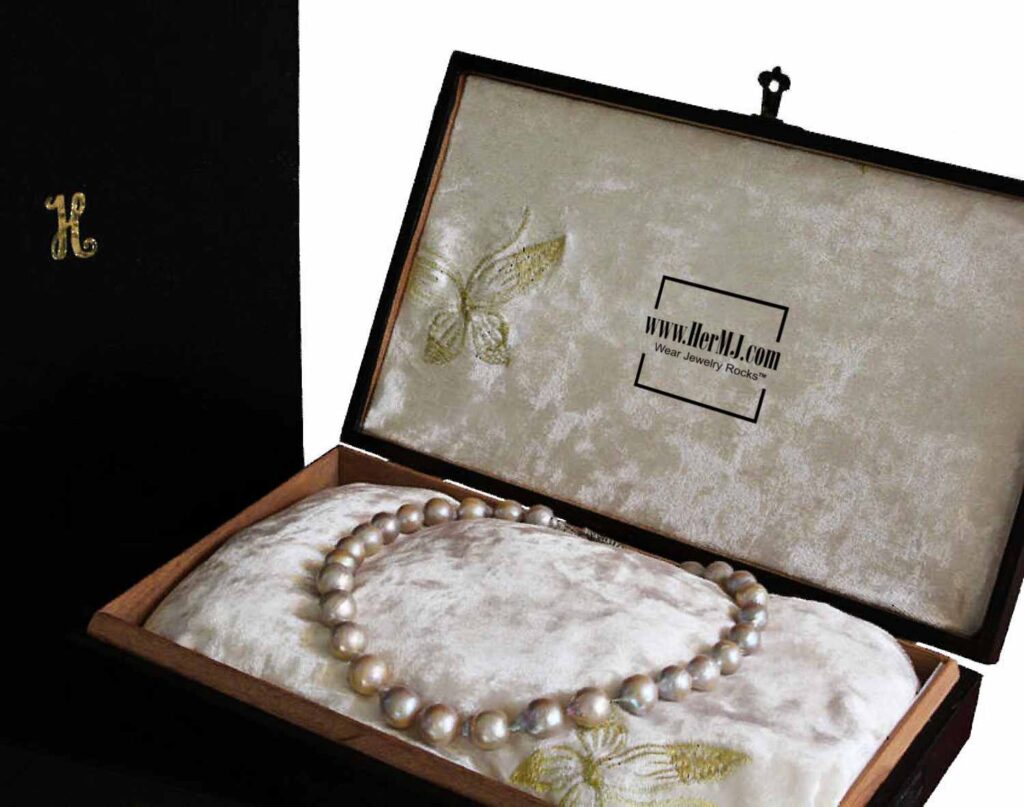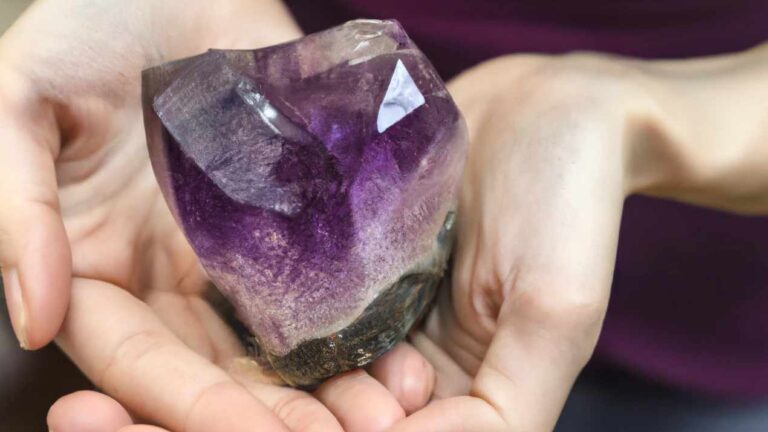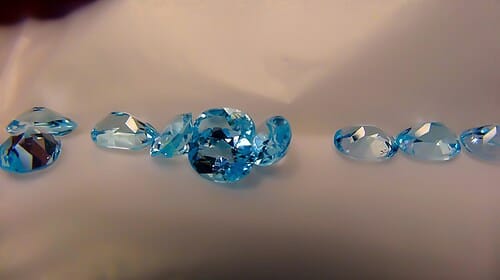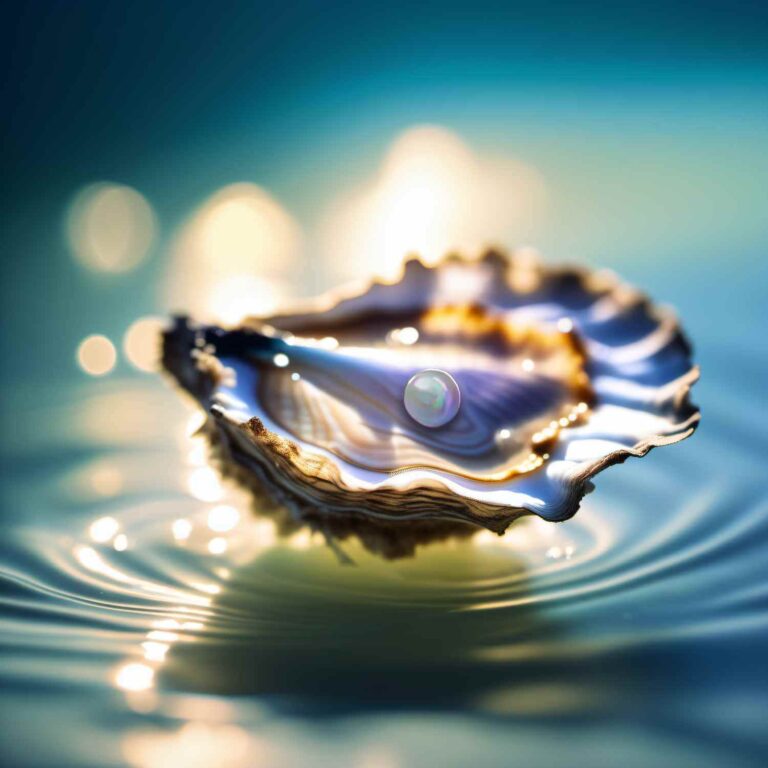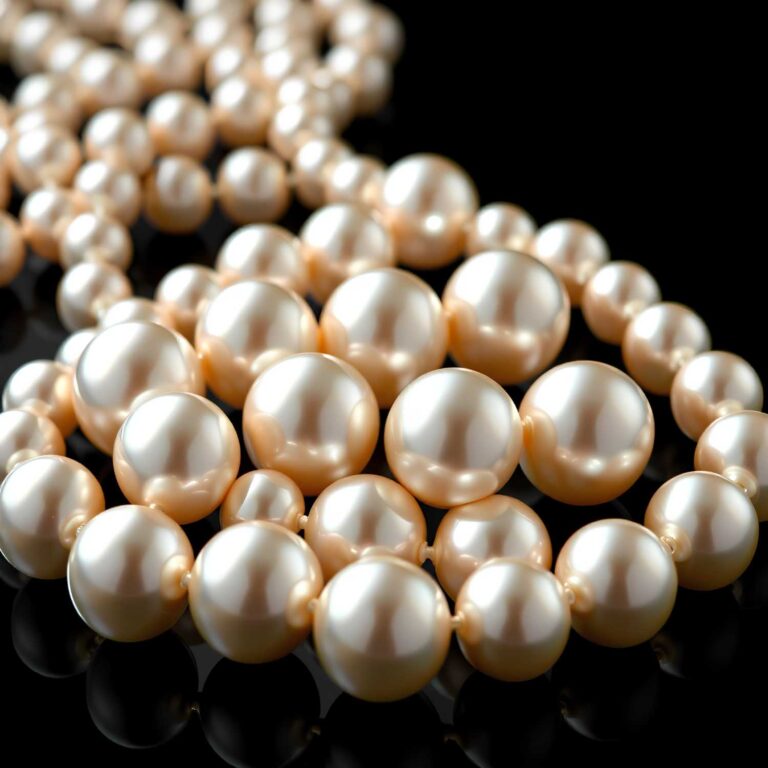Jewelry Tarnish – How To Prevent Jewelry From Tarnishing
Jewelry Tarnish – How To Prevent Jewelry From Tarnishing
Jewelry Tarnish Factors and Mysteries Unlocked
Have you ever noticed that some of your beloved jewelry has lost its original sparkle? There’s a bit of science behind understanding what’s causing the tarnish on your cherished jewelry. Let’s have a look at how we can prevent jewelry tarnishing – secrets behind tarnished treasures.
Factors Contributing To Jewelry Tarnishing
Imagine your jewelry as a magnet, attracting various elements that contribute to tarnish, an unwelcome guest, altering the appearance of precious metals. Tarnish is a chemical reaction on the surface of your jewelry, involving materials like silver and copper reacting with sulfur-containing substances in the air, leading to dullness or discoloration of your most loved items.
The Hidden Culprits of Jewelry Tarnish
However, the jewelry tarnish you’ve spotted stealing the shimmering beauty of your once-pristine necklaces and bracelets doesn’t stop there. Your skin plays a more significant role than you’d think. Have you noticed some pieces tarnishing faster when worn frequently? That’s due to perspiration, which contains acids and oils from your skin, factors that affect the tarnishing process. Even the oils we all apply can accumulate to form an invisible layer on the jewelry, slowly inviting the chemical transformation that robs our beautiful jewelry of its shine and luster.
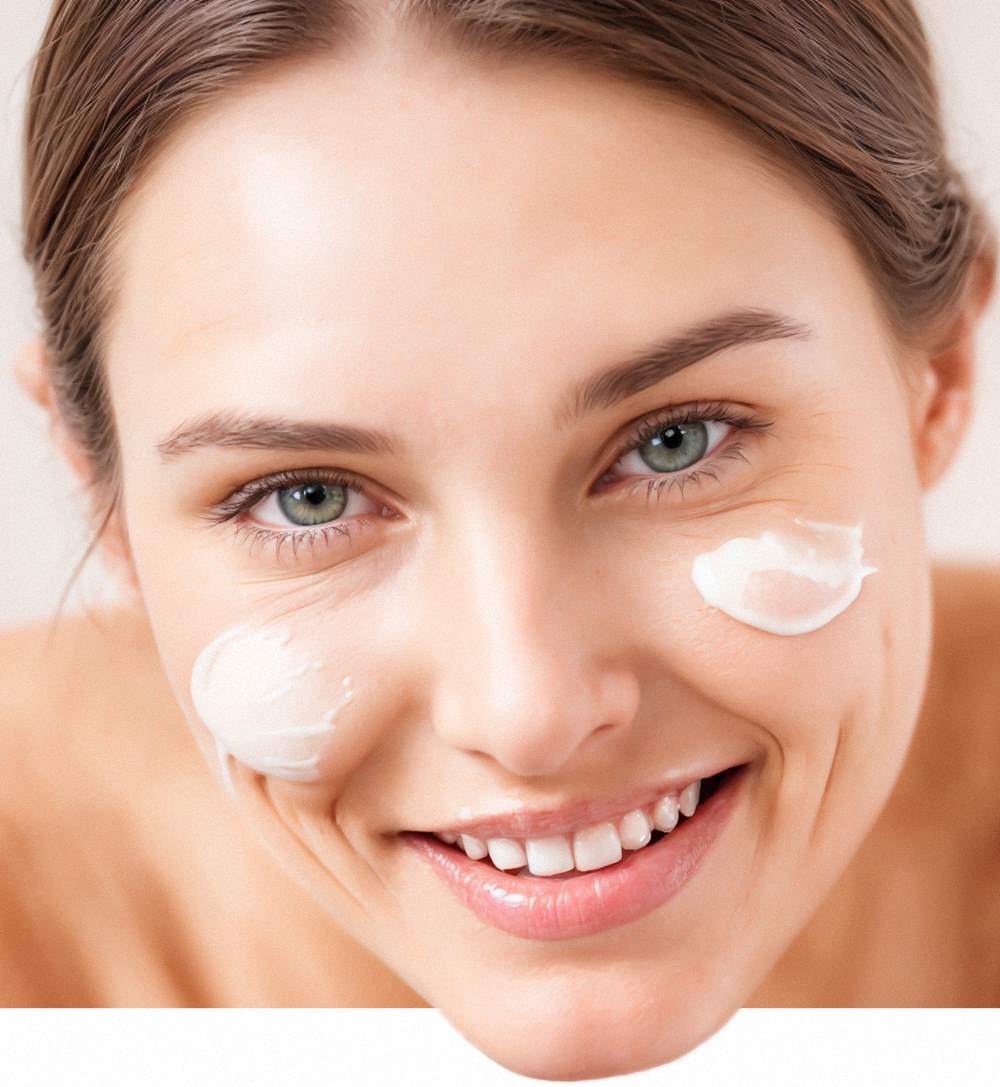
Importantly, environmental factors beyond our control have their part to play, too. Even the quality of the air surrounding you can have an effect, depending on the location. Urban areas or places with high humidity levels pose a higher risk of accelerating the appearance of jewelry tarnish due to increased exposure to pollutants and moisture in the air.
Recognizing these culprits is crucial to preserving the beauty and longevity of your treasured necklaces, bracelets, and earrings. Understanding what causes this unwanted transformation is the first step towards effective prevention and care, keeping your jewelry’s sparkle unblemished by time and elements, and maintaining its natural beauty for years to come.
Listen To The Podcast
Unlocking the Mysteries of Jewelry Care
Understanding why and how tarnish affects your precious metals, as well as what you can do to rejuvenate them, is essential to preserving your beautiful jewelry. The phenomenon known as oxidation is not just a scientific buzzword but a critical process during which metals like silver react with sulfur or oxygen, leading to that familiar dull, tarnished look.
Different metals battle tarnish in varying degrees. Silver, for example, is notorious for its susceptibility due to its high reactivity with sulfur compounds in the atmosphere—a trait that often requires more frequent attention and care.
Gold, though less prone to discoloration due to its inert nature, can still suffer from discoloration when alloyed with other metals, such as copper or silver, to enhance its strength or alter its color.
However, it’s not just about the metal—our treasured gemstones, pearls, and European crystals also require their own specific care considerations. Gemstones vary widely in hardness and porosity, which influences their vulnerability to chemicals found in everyday products such as lotions or perfumes.
Pearls, are particularly sensitive to changes in their vibrant sheen because of their organic origin, but their beauty is easily maintained with no more than a bit of your attention and a few items you already own—but never rely on harsh chemicals.
And those mesmerizing European crystals, while durable, can lose their sparkle if neglected or exposed improperly.
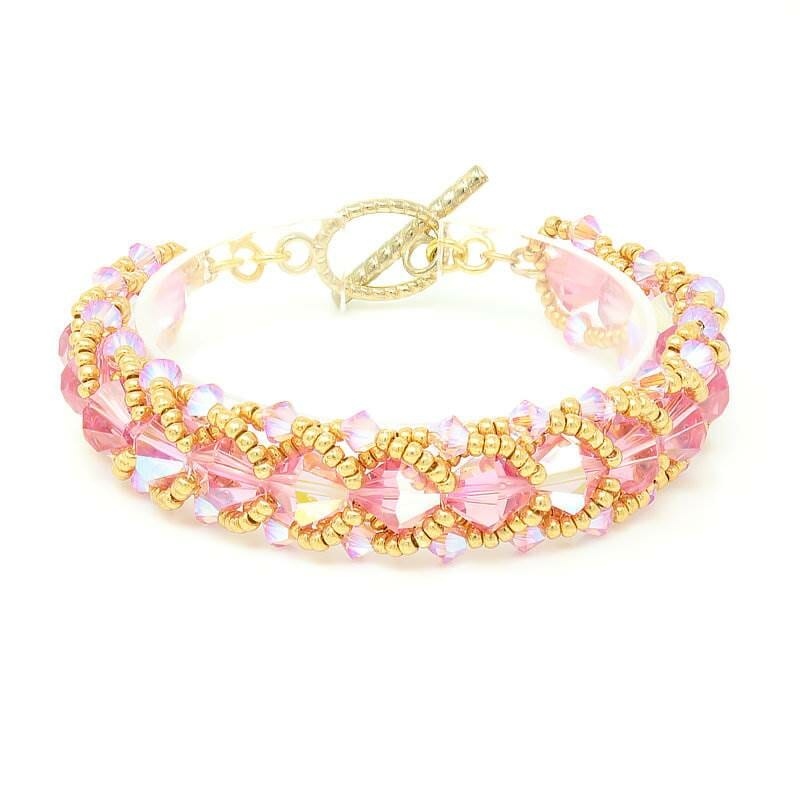
The quest to maintain your jewelry’s brilliance doesn’t stop at knowing your materials—it extends into practical solutions that both DIY enthusiasts and professionals swear by.
From a few household remedies involving baking soda or lemon juice concoctions designed for lifting mild tarnish off silver pieces, to more refined techniques employing ultrasonic cleaners suited for robust yet cautious cleansing, the world of home-based solutions and professional services offers avariety of way to reclaim your jewelry’s fading luster.
However, navigating between professional care and home remedies poses common dilemmas: What works best? When should I seek professional help?
For instance, intricate jewelry designs with hard-to-reach nooks might benefit from a professional jeweler’s touch, ensuring every crevice is cared for without damage. Alternatively, routine maintenance and minor clean-ups often find their solution within our pantries’ confine,s providing safe and economical options not so different from grandmother’s tried-and-tested remedies.
By leveraging scientific insights alongside practical guidelines tailored to different types of jewels—from metallic components to each unique crystal—we unlock doors that lead us closer to achieving an extended lifespan of beauty in our prized collections.
Embrace the Eternal Shine: Protecting Your Jewelry Legacy
Our jewelry is more than mere adornment; it embodies our personal stories, emotions, and memories. Each piece holds a special place in our hearts, symbolizing love, celebration, or even precious milestones represented by each piece of jewelry.
This deep emotional value transforms these items from simple accessories into priceless treasures. It’s why we yearn to keep them in pristine condition—protecting not just a physical object but preserving the legacy they each represent.
Embracing their eternal shine goes beyond routine maintenance; it’s about cherishing every moment encapsulated within those sparkling stones, shimmering crystals, and gleaming metals.
Imagine being able to pass down your cherished necklace or beloved ring through generations, its luster as vivid as the day you first wore it. Preserving these pieces ensures that every story, laugh, tear, and triumph continues, creating lasting memories and unbreakable bonds across generations.
The true worth of well-maintained jewelry transcends its monetary value—it’s an investment in care that pays dividends in emotional wealth. By adopting regular cleaning habits and taking precautions against tarnish and wear, we safeguard these tokens of affection, ensuring they continue to provide beauty and history for future generations.
Transforming your jewelry box into a trove of tarnish-free treasures elevates your collection and turns each opening into a rediscovery of sparkling stories waiting to be retold.
Envision lifting the lid to find each piece glimmering back at you, each polish reflecting dedication towards preserving legacies rich with emotion and history. This vision is achievable with knowledge gained on proper care, catered specifically to different materials. From delicate pearls requiring a gentle cleaning with a damp cloth, to robust gemstone designs that find renewed vigor throughout years of well-maintained and enduring radiance.
Your Journey to Everlasting Brilliance Begins Now
The path to preserving the timeless beauty of your jewelry collection is filled with knowledge, care, and a splash of dedication. Now that we’ve explored the secrets behind keeping your treasures tarnish-free and shining bright, it’s time to put this newfound understanding into action. Your journey towards everlasting brilliance begins today.
Embrace the art of conscious jewelry care by incorporating regular checks and cleanings into your daily routine. Whether employing gentle home remedies or seeking professional services for those intricate pieces, each step is a commitment to maintaining the splendor of your cherished items.
Jewelry Care – How to Prevent Jewelry From Tarnishing
Combination Gemstone Jewelry
To safely clean your gemstone jewelry at home, start by filling a bowl with warm water and adding a few drops of mild dish soap and a very small amount of baking soda (approximately a quarter teaspoon). Please note the gemstone jewelry cautions below.
Gently use a new makeup brush to carefully cleanse the tarnished metal around the gemstones, paying extra attention to crevices where dirt and grime can accumulate. Rinse the jewelry thoroughly under lukewarm running water to remove any soap residue. Pat the jewelry dry with a soft, lint-free cloth and allow it to air dry completely. Avoid using harsh chemicals, abrasive materials, or ultrasonic cleaners, as these can damage certain gemstones. Regular gentle cleaning will keep your jewelry sparkling and in good condition.
For Specific Gemstones Take Note:
Diamonds: Generally durable and can handle mild dish soap and a soft-bristle toothbrush.
Rubies and Sapphires: Also quite durable and should be safe with this cleaning method.
Quartz (including Amethyst and Citrine): Usually safe for mild dish soap.
For These Gemstones, Take Caution:
Opals: Can be sensitive to sudden temperature changes and harsh chemicals. Since water is an element within the delicate composition of an opal, clean them carefully with a soft cloth, or better still, rely on professionals to extend the life of the gemstone.
Turquoise: Porous and can be damaged by chemicals. Use only mild dish soap and water.
Emeralds: Often have inclusions and fractures, making them sensitive to abrasives and harsh chemicals. Use only mild dish soap and water.
Pearls: Avoid any cleaning method that may be abrasive; therefore, extreme care is required for this method. A damp cloth with lukewarm water is ideally suited for general cleaning. Be sure to pat the pearls dry with a soft cloth afterward. It is essential to avoid getting moisture on the silk connecting the pearls to prevent compromising the integrity of your necklace. For the most effective cleaning, your combination metal and pearl jewelry should be maintained by a qualified jewelry cleaner or gemologist.
Combination Pearl Jewelry
To safely clean tarnished metal surrounding pearls at home, begin by preparing a bowl of lukewarm water with a few drops of mild dish soap (to avoid causing harm to the pearl’s natural luster, keep in mind the caution previously mentioned).
Use a soft, lint-free cloth or a new makeup brush to lightly clean the metal surrounding the pearls, taking care to avoid the pearls and any vigorous scrubbing, as pearls are particularly susceptible to scratches.
After cleaning, place the jewelry on a soft, dry cloth and allow it to air dry completely before wearing or storing it. Allow for air circulation within the storage box to prevent the pearl surface nacre from becoming brittle.
Steer clear of hot water, steam cleaning, or ultrasonic cleaners, which can harm the delicate nacre of the pearls. For optimal care and longevity, it’s best to have designs incorporating pearl jewelry professionally cleaned to retain their exquisite luster.
Gold And Silver Metal-based Jewelry
To safely clean your gold and silver jewelry at home, start by preparing a mixture of warm water and a few drops of mild dish soap in a bowl, diluting a quarter-teaspoon of baking soda.
Place the jewelry in the solution and let it soak for a few minutes. Use a new filbert paintbrush to gently clean the metal surfaces, paying special attention to any intricate designs or hard-to-reach areas where dirt may accumulate.
After cleaning, rinse the jewelry thoroughly under warm running water to remove any soap residue. Pat the jewelry dry with a soft, lint-free cloth and allow it to air dry completely before wearing or storing.
For silver jewelry, consider using a silver polishing cloth to restore its shine and remove tarnish. Avoid using abrasive materials, harsh chemicals, or ultrasonic cleaners, as these can damage the metal. Regular gentle cleaning will keep your gold and silver jewelry looking brilliant and beautiful.
I invite you to join our vibrant community where we’ll share more secrets and tips about jewelry preservation and appreciation. Subscribe to our platform for regular updates on how to keep your accessories dazzling year after year. Discover unique, handmade treasures that speak volumes.
Frequently Asked Questions
What is jewelry tarnish and what causes it?
Jewelry tarnish is a chemical reaction that occurs on the surface of precious metals, such as silver and copper, when they react with sulfur-containing substances in the air. This reaction leads to dullness or discoloration of the jewelry. Beyond environmental factors like sulfur and moisture in the air, personal factors like perspiration (containing acids and oils from the skin) and applied oils can also speed the tarnishing process by forming a layer that invites that unwanted chemical transformation that threatens to reduce the pearl’s luxurious sheen.
Why are certain metals more prone to tarnishing than others?
Different metals have varying degrees of susceptibility to tarnish. Silver is particularly notorious for tarnishing due to its high reactivity with sulfur compounds in the atmosphere. Gold, being more inert, is less prone to tarnishing, but it can still show discoloration if it’s alloyed with other reactive metals like copper or silver, which are often added to enhance its strength or alter its color.
How do skin oils and environmental factors contribute to jewelry tarnishing?
Skin plays a significant role in jewelry tarnishing through perspiration, which contains acids and oils that accelerate the chemical reaction. Additionally, any oils we apply (like lotions or perfumes) can accumulate on the jewelry, forming an invisible layer that contributes to tarnish. Environmental factors such as air quality, especially in urban areas or places with high humidity, also contribute by increasing exposure to pollutants and moisture, which speed up the appearance of tarnish.
What are some recommended home remedies for cleaning tarnished jewelry?
For mild tarnish on silver pieces, household remedies like baking soda or lemon juice concoctions can be used. For gold and silver metal-based jewelry, a mixture of warm water, a few drops of mild dish soap, and a quarter-teaspoon of baking soda can be used for soaking and gentle cleaning with a soft brush. After cleaning, thoroughly rinse and pat dry with a lint-free cloth. For silver, a silver polishing cloth can help restore its shine.
Are there specific cleaning precautions for different types of gemstones and pearls?
Yes, specific care is crucial for gemstones and pearls:
- Diamonds, Rubies, Sapphires, and Quartz (Amethyst, Citrine) are generally durable and can handle mild dish soap and a soft-bristle brush.
- Opals are sensitive to temperature changes and chemicals; they should be cleaned carefully with a soft cloth or, preferably, by professionals, due to their delicate water composition.
- Turquoise and Emeralds are porous or prone to inclusions/fractures, respectively, and should only be cleaned with mild dish soap and water, avoiding abrasives and harsh chemicals.
- Pearls are highly sensitive. Avoid any abrasive methods, hot water, steam cleaning, or ultrasonic cleaners. A damp cloth with lukewarm water is ideal, and it’s important to avoid getting moisture on the silk connecting pearls to maintain the necklace’s integrity. For best results, combination metal and pearl jewelry should be professionally cleaned.
When should professional jewelry cleaning be considered over home remedies?
While routine maintenance and minor clean-ups can often be done at home, professional help is recommended for intricate jewelry designs with hard-to-reach nooks or for delicate pieces like pearls and certain gemstones (e.g., opals) that require specialized care. Professionals can ensure thorough cleaning without damage and help extend the longevity and beauty of more complex or sensitive items.
Why is preserving jewelry important beyond its monetary value?
Preserving jewelry goes beyond its monetary value because each piece embodies personal stories, emotions, and memories. It symbolizes love, celebration, and precious milestones, making them priceless treasures. Maintaining jewelry ensures that these stories, experiences, and legacies can be passed down through generations, creating lasting memories and unbreakable bonds, thus providing emotional wealth.
What are the key takeaways for maintaining jewelry’s brilliance in the long term?
To maintain a jewelry’s brilliance long-term, it’s essential to understand the causes of tarnish (chemical reactions with sulfur, skin acids/oils, environmental pollutants). Adopt regular cleaning habits using appropriate methods for different materials—gentle home remedies for robust pieces and professional services for intricate or sensitive items like pearls and certain gemstones. Proper storage, allowing for air circulation, also contributes to preventing tarnish and preserving the integrity of the jewelry. This conscious care safeguards not just the physical object but also the emotional and historical legacy it carries.

The Beauty Of Handmade Jewelry: The Art Of Pure Expression
See HerMJ’s exclusive collection of handcrafted pearl, crystal, and gemstone creations
